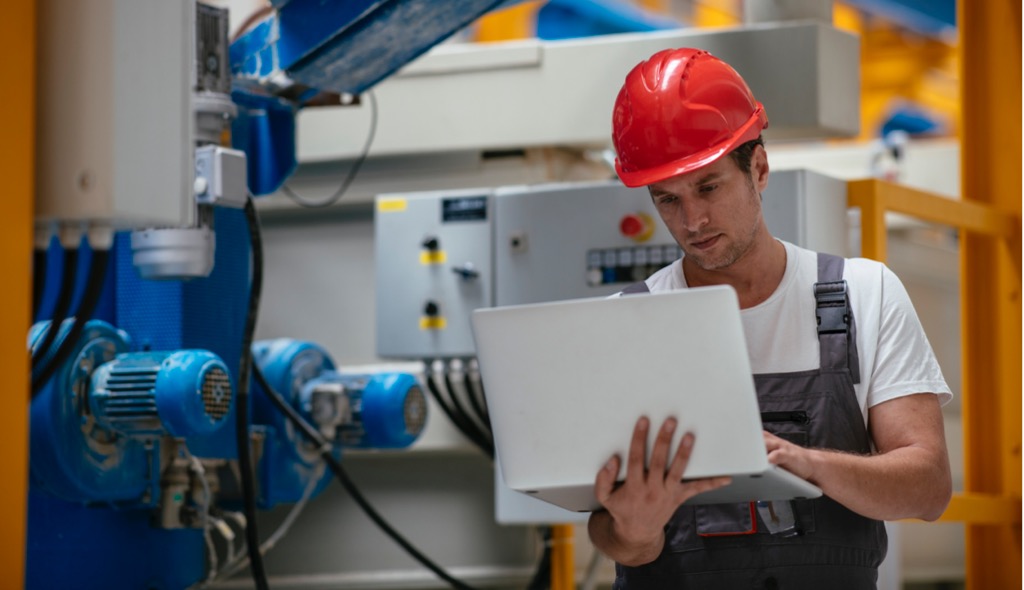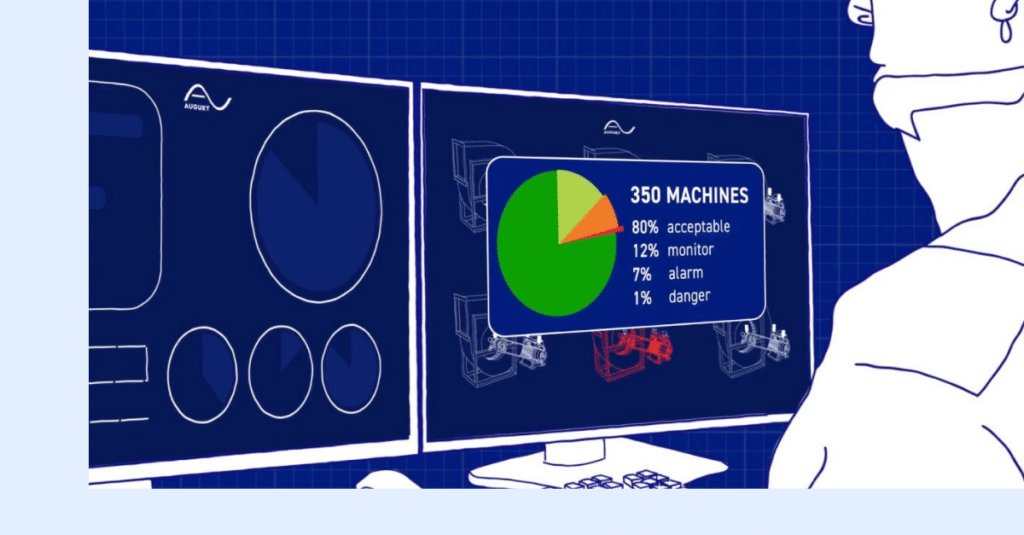
How manufacturers can assess and identify their assets’ relative criticality to improve equipment reliability and minimize wasted capital.
This article first appeared on Supply & Demand Chain Executive.
Companies around the world are increasing spending on supply chain innovation to effectively navigate pandemic-era disruptions from shortages to the Great Resignation. For the manufacturing industry, clogged supply chains restrict the flow of essential spare parts and equipment into manufacturing facilities. With longer lead times and limited resources coupled with record consumer demand, manufacturers must navigate the pressure to push more products out while getting fewer resources in by optimizing their maintenance and reliability programs to maintain the highest level of productivity possible.
But many companies today still tend to respond to supply chain disruption by panic-buying, stockpiling inventory they may or may not need to keep production lines running in the future. While it might supply some peace of mind to anxious manufacturing professionals, this approach also results in inventories filled with unnecessary stock, increased overhead costs, and even higher tax prices due to retaining tangible assets.
Instead, manufacturers must assess and identify the relative criticality of their assets and take every possible step to protect and maintain the most essential equipment. With a thorough understanding of asset criticality, they can minimize wasted capital in two key ways: by not overbuying spare parts and by having the right parts on hand to prevent critical failures and long downtimes.
Asset criticality assessments for optimizing inventory
The goal of the asset criticality assessment is to uncover data to inform strategic decisions for manufacturing maintenance and inventory. With a criticality score tied to each machine, manufacturers gain a better idea of which machines they should invest in monitoring continuously.
By monitoring the machine health of critical assets in real time, manufacturers will know in advance when machines are likely to fail and what parts they’ll need on hand to prevent downtime. Equally important, they’ll identify non-critical assets for which they don’t need spare parts inventory, enabling lower overhead costs.
When determining the criticality of machines, manufacturers must look for the assets that would shut down the production line in the event of failure. These are the critical pieces of equipment and where organizations will want to spend strategy and money. Equipment that isn’t vital for running the line or that manufacturers could find easy workarounds to continue operations is non-critical.
Adapting manufacturing maintenance and reliability practices
After distinguishing critical from non-critical equipment, manufacturers must adjust maintenance and reliability practices to ensure sustained productivity. Start with three key steps:
1) Monitor the right equipment continuously.
When machine health sensors collect and report continuously on the machines to which they are assigned, maintenance technicians know which machines need attention and when long before machine failure. But performing maintenance on non-critical assets will be an inefficient use of labor that would be more valuable spent on critical equipment.
In addition, constant data collection can be a pricy investment with low ROI if sensors aren’t strategically placed. Once you’ve determined your most critical assets, adjust your monitoring approach accordingly to allocate expensive sensors only to production-vital equipment.
2) Stop stockpiling unnecessary inventory.
Many organizations are currently overbuying parts to circumvent machine downtime due to parts shortages, but this is an expensive and inefficient strategy. For one, it exacerbates the shortages as companies buy out resource stock, potentially inflating prices for future purchases.
Another direct issue is that keeping extra, unused parts in storage just adds to a list of taxable assets, which can become a significant expense for manufacturing companies. Instead of panic-buying parts, use data from continuous monitoring of critical assets to predict when machines will need repairs with plenty of lead time, and prioritize your parts inventory based on criticality scores.
3) Avoid extreme preventive maintenance.
Technicians tend to perform maintenance on set schedules. For example, if the failure rate of certain parts shows bearings usually fail after six months, technicians replace those parts in advance to prevent the failure — every five months, in this example.
This might be a more targeted method than monitoring all equipment at all times or stocking up on replacement parts for every asset, but it can still be wasteful if organizations put a lot of capital into unnecessary repairs. Instead, insights from the continuous monitoring of critical equipment can help companies optimize inventory and labor by determining not only when machines are likely to fail, but also what maintenance teams must do to prevent it.
With proper asset criticality assessment and strategic continuous monitoring, manufacturers can predict necessary repairs, enabling longer lead times for securing parts and making data-driven decisions for inventory and labor allocation. It’s the smart way to keep operations resilient, keep production lines running, and limit costs well into the future, no matter what unforeseen disruptions may come.
If you’d like to learn more about our services, watch Augury’s Solutions Architect Brian Richmond discuss the business case for performing a criticality assessment and gain valuable information on how to create your own matrix in our on-demand webinar.




